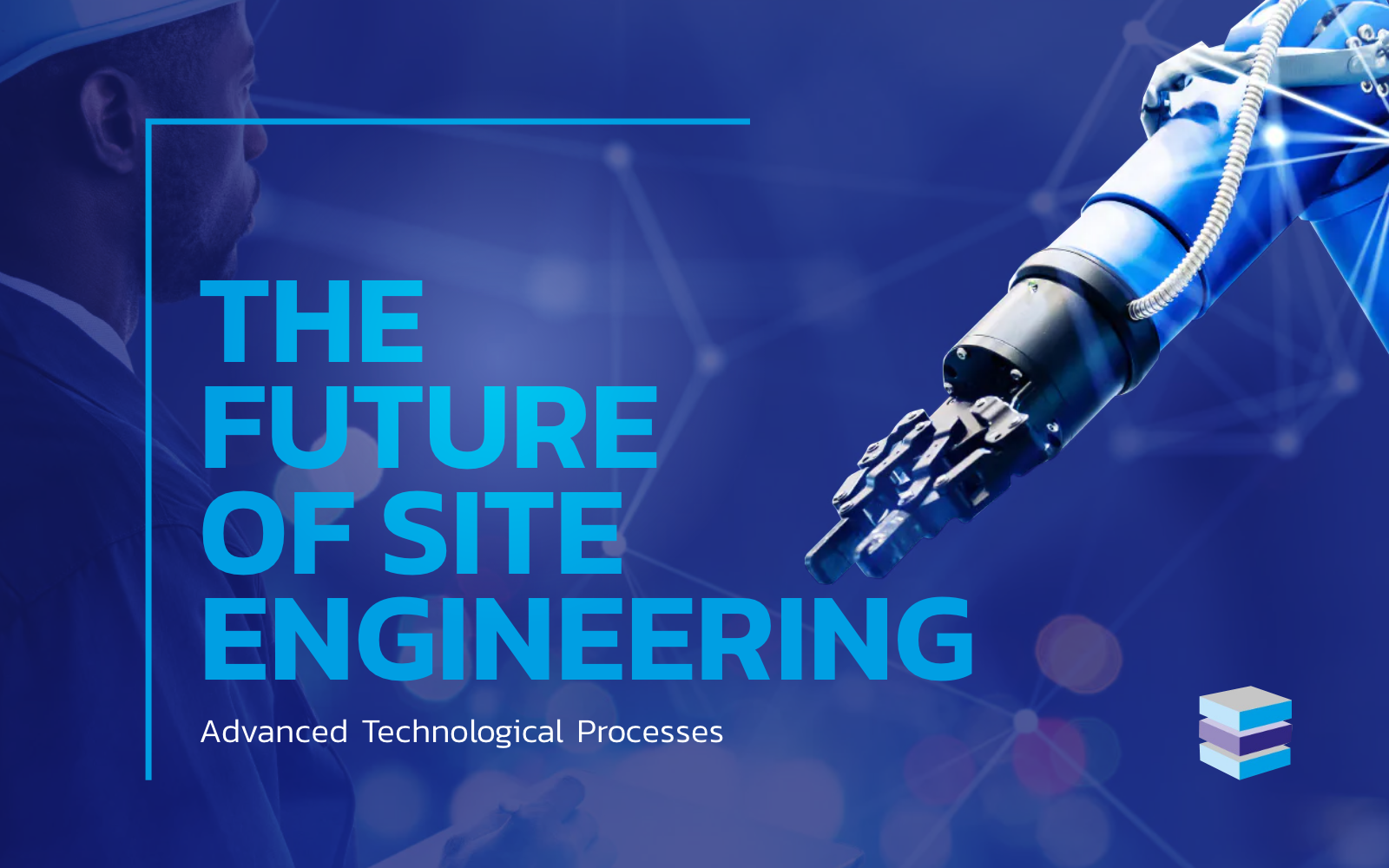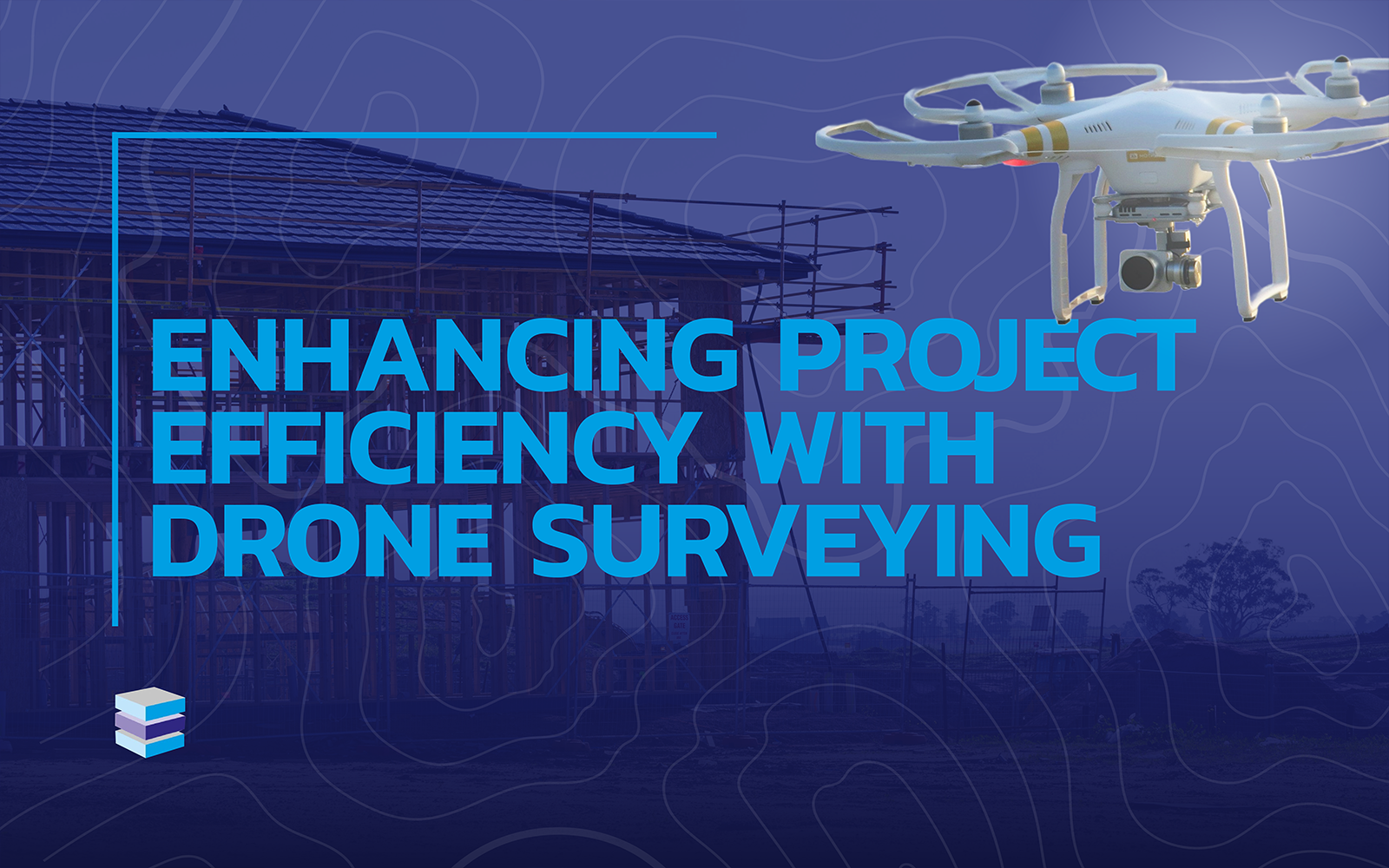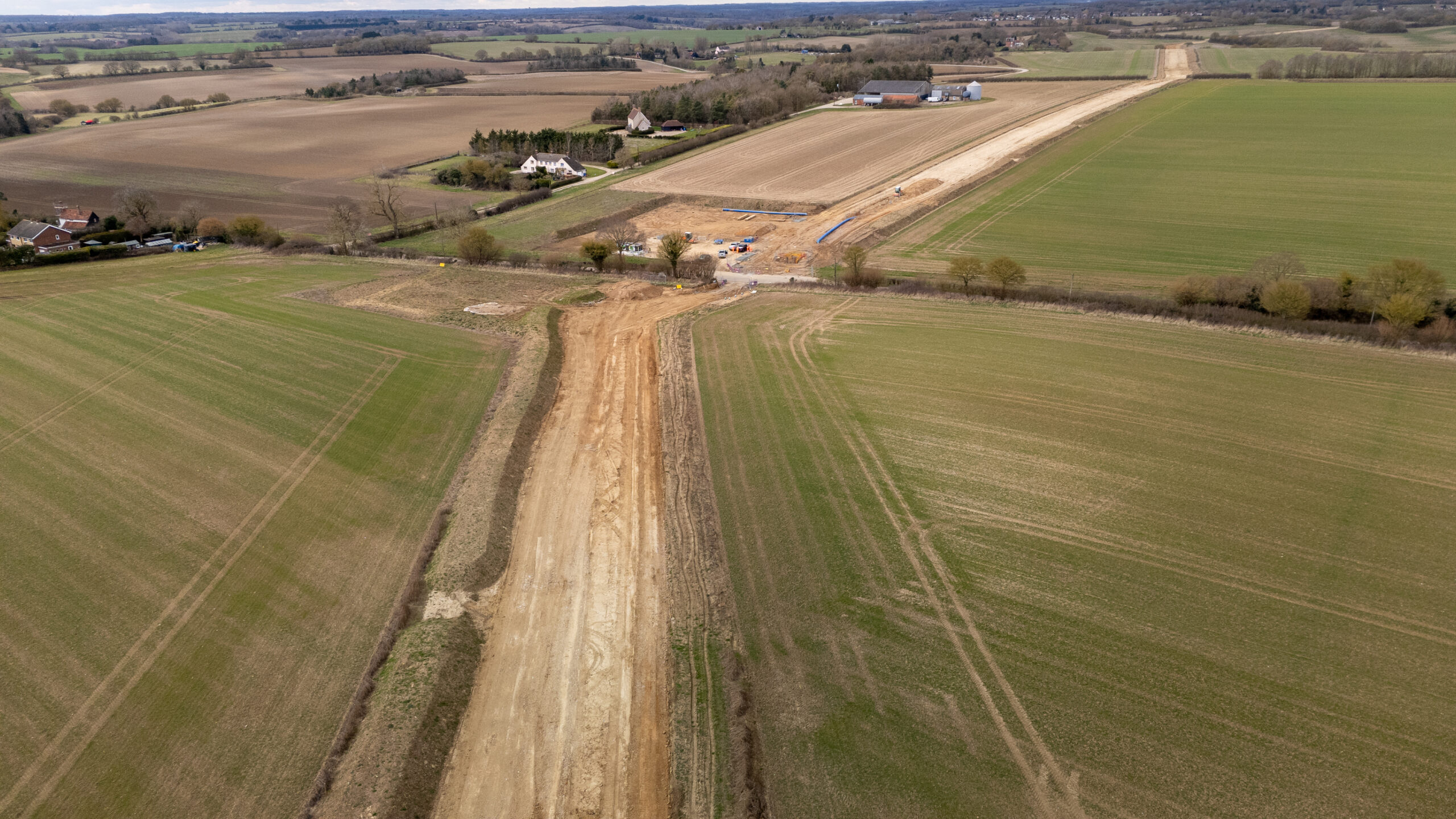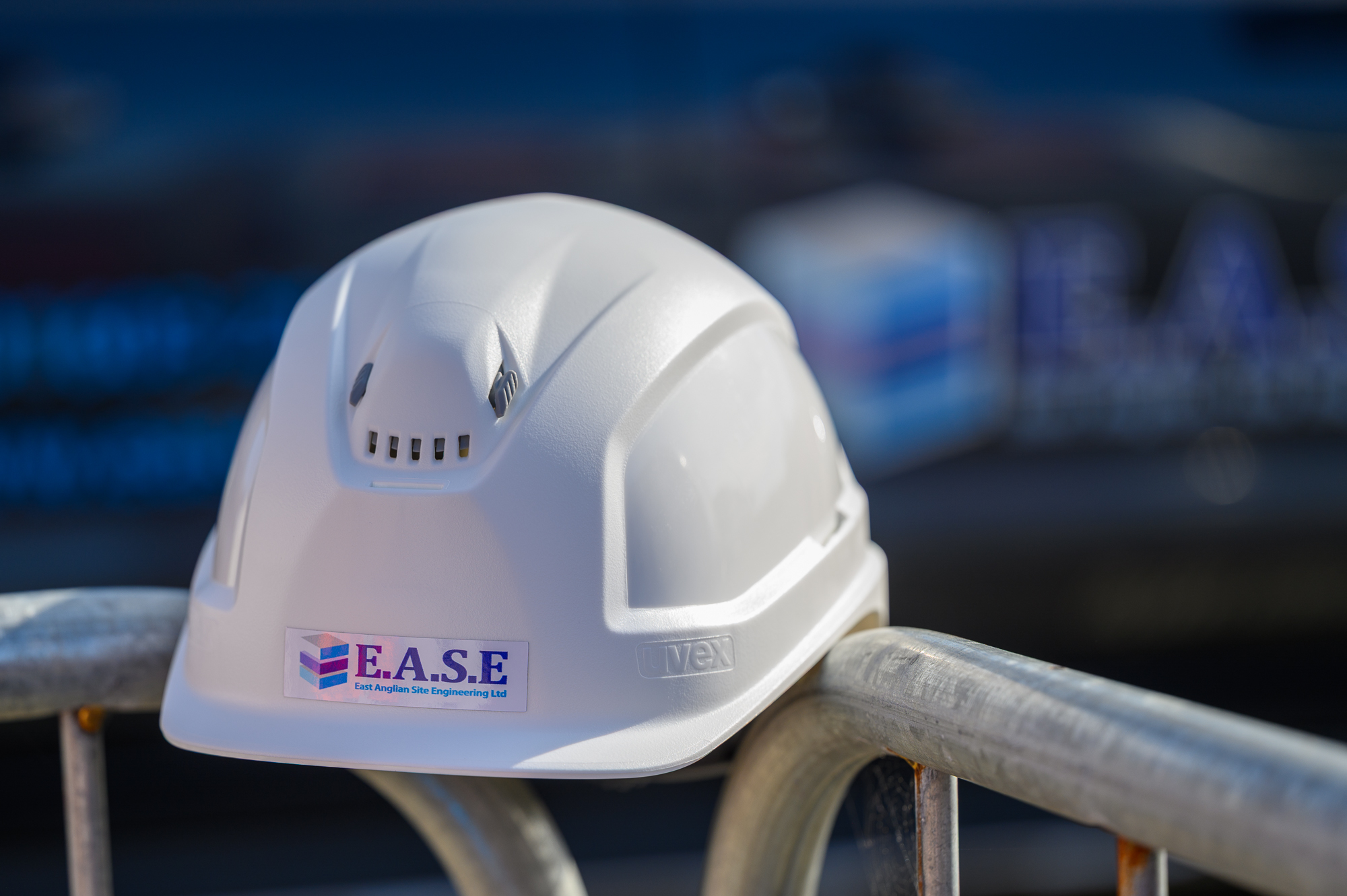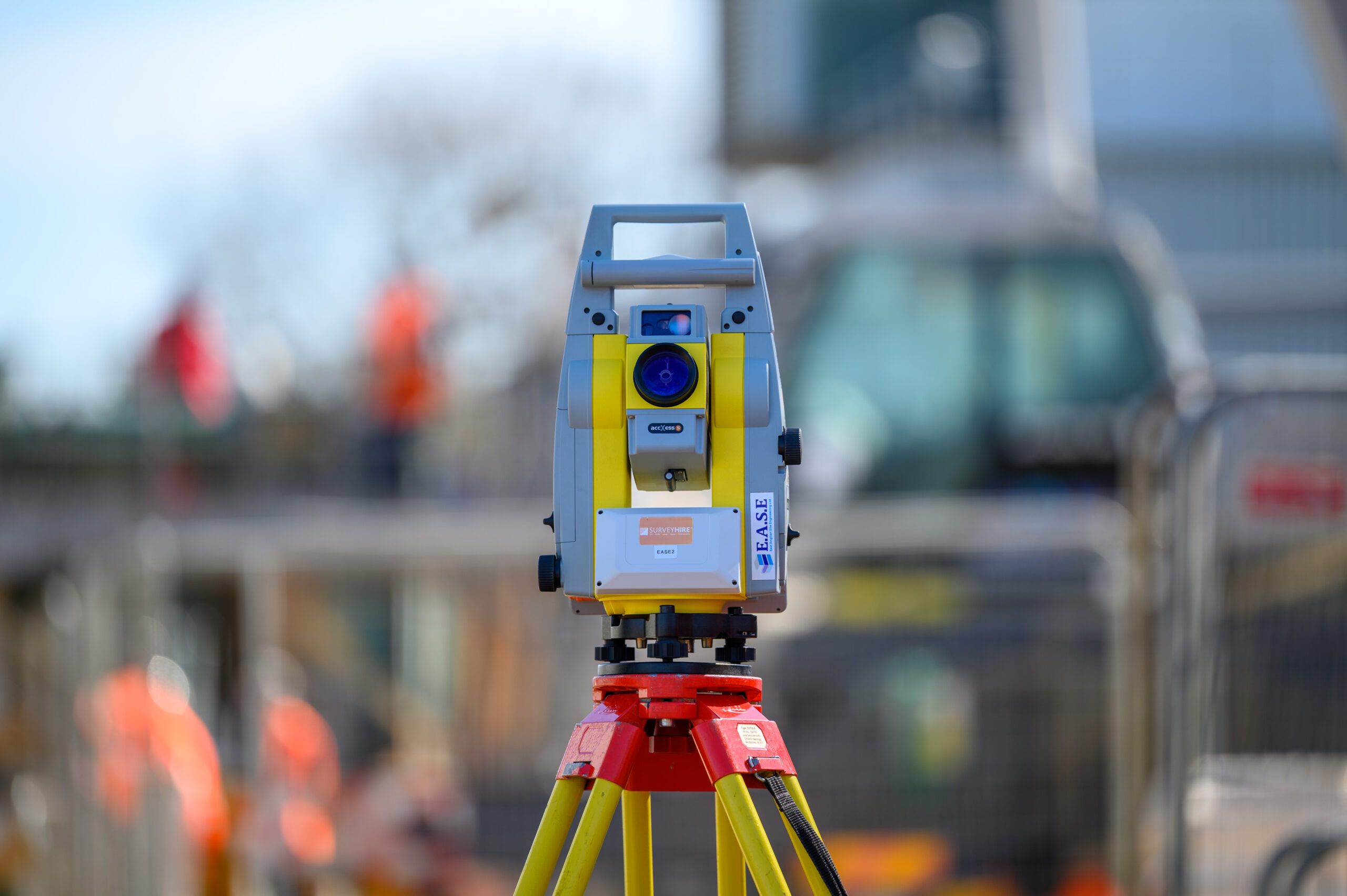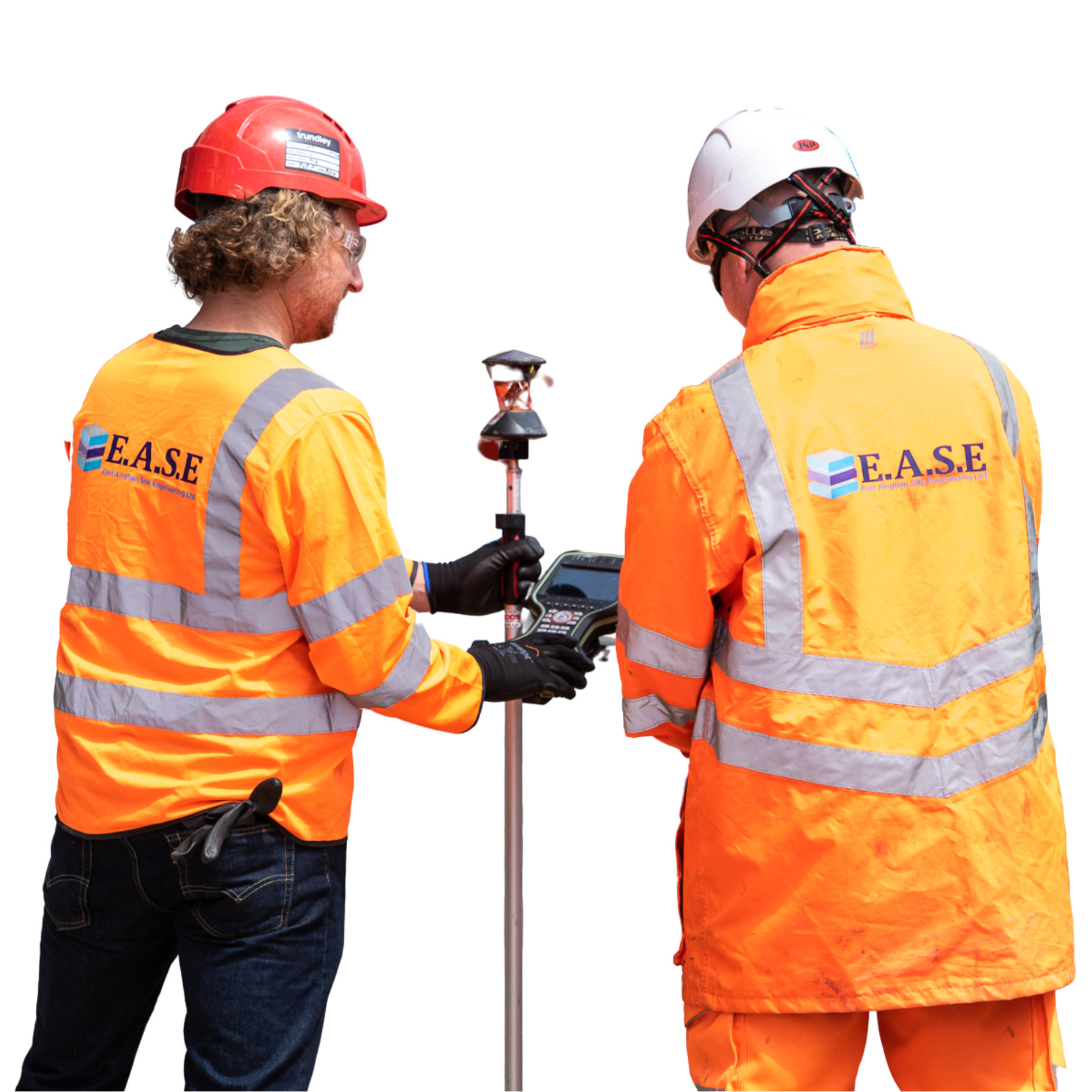As we move into the future, many technological advancements are coming into play in the construction industry. These changes are already sparking a transformation of the role of the site engineer as we know it. Alongside this exciting and innovative tech, site engineering will also evolve to fit a new landscape.
Numerous emerging and evolving technologies are playing ever-larger parts in construction. This includes advanced robotics, modular construction, and 3D printing. But how are they affecting the future of site engineering?
ROBOTICS IN CONSTRUCTION
Automated machines and systems used to carry out tasks typically performed by humans are an increasingly popular process addition. The advancements in robotics over the last decade alone are incredible, and they are proving to be invaluable to construction.
Robotics can be used to perform site tasks like bricklaying and assist with demolitions and excavations. Not only does this streamline these activities, but it also reduces the chance of injury to human workers. Robots do not need to take breaks and cannot be distracted, making them more efficient at repetitive or dangerous tasks.
Working together with automated machinery and systems can lead to happier, healthier workers and a more productive, cost-effective work process. They will help create faster construction timelines and improved quality control, which fall under the management of the site engineer.
Robotics are going to feature heavily in the future of this industry, and site engineers will work alongside these systems for peak efficiency.
Modular Construction
The prefabrication of building modules or components is on the rise. This form of off-site construction can include anything from interior ‘bathroom pods’ to entire buildings.
Bathroom pods are bathrooms, ready built in a factory setting and installed with all its facilities. The pod is then transported to the site, inserted into the building, and connected to power and water. It’s the creation of these structures within a factory setting before transportation to the site that means they fall under modular construction.
This process can save a huge amount of time. During traditional construction, the site development and foundations must happen before the construction of the building. With modular construction, the construction process can take place within a factory at the same time as the site development and foundations. The building construction itself takes less time than traditional processes, meaning between 30% and 50% of the timeline can be saved.
Site engineers will need to evolve alongside the rising popularity of modular construction. The faster timeline and altered construction will need to be well-managed, and we are likely to see new role adjustments come into play with the development of off-site construction.
3D printing in construction
Additive manufacturing fabricates digitally designed objects layer by layer. Incredibly efficient, 3D printing can rapidly create building components, no matter how complex the design. This modern process reduces the need for traditional manufacturing processes, making way for improved construction timelines.
Using additive manufacturing processes can also minimize material waste as only the design itself will be printed, rather than creating something from existing materials. Due to the design capacity of 3D printing, intricate components can be created with relative ease compared to traditional methods, making space for more innovative creations.
For a site engineer, the speed and design freedom that 3D printing allows could mean a much smoother construction timeline. It will affect how plans are managed and the safety measures needed among other role adjustments, so it’s key to stay on top of how this process evolves.
An incredible case study of this process is Project Milestone, a boulder-shaped concrete house in the Netherlands created via 3D printing. This has been a lived-in abode since April 2021. 3D printing is here, already creating liveable houses in under 24 hours, and it is constantly growing to fit more spaces within the construction industry.
E.A.S.E and the future
The construction industry is always growing, with new technology and the evolution of existing tools at the forefront of its development. Not learning how to move with and adjust to new processes means getting left behind.
At E.A.S.E, we are aware of the changing landscape of this industry. Our site engineers use the latest technologies and stay on top of construction world updates because we know how important continuous learning is. We are prepared for change, and excited for what innovations the future will bring.
Are you looking for a setting out engineer with the skills and knowledge that allows them to adapt to any situation? Get in touch with our team by calling 01603 211808 or emailing us at info@easeltd.co.uk with your enquiry.


